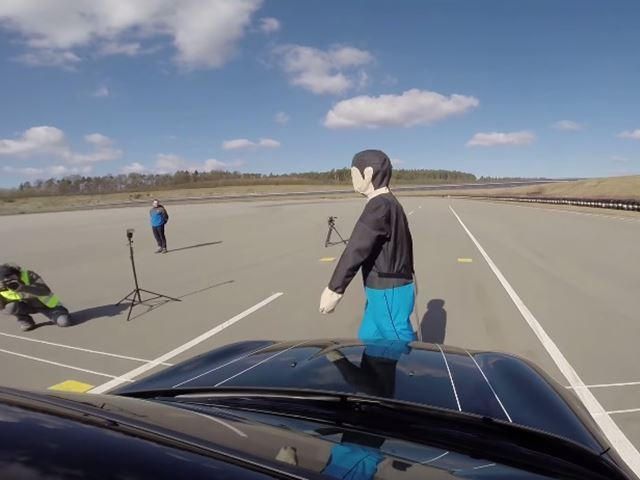
As far as safety technology has gone in the past decades, the fact remains that US automobile accidents still kill more Americans than wars have since the founding of the country. Out of all automobile related deaths, 14% of them are made up of pedestrians who just happened to be at the wrong place at the wrong time. In recent years, cars have gotten bulbous hoods and front ends that all look alike because these design traits help to save some pedestrian lives.
Volvo has even begun installing airbags on the front end of their cars in order to absorb some crash energy, but all of these innovations may be trumped by Google's latest patent. You see, in any accident, there are multiple phases. In the case of a car-on-pedestrian crash, phase one is the actual impact, which can cause a substantial amount of damage. However, phase two, when the pedestrian is flung back after bouncing off the car, is the one that delivers the deathblow. Google's breaking technology is pretty much just an adhesive layer that gets applied to the hood of the car to prevent a phase two from ever happening in a pedestrian crash. There is no mitigating the impact in this case, but the rebound is absorbed by the adhesive.
Logically speaking, it doesn't sound like the best idea to apply a sticky material to the front end of the car because the amount of debris that would get stuck to it would turn any obsessive compulsive gearhead red. However, Google has already thought of that. Keeping the hood of a car clean but able to protect an innocent bystander is a shell that can crack on impact. When bugs or leaves hit the front of the car in passing, they slide off of the glossy shell. However when a larger impact occurs, such as one with a person or a large animal, the shell breaks and exposes the sticky underside. Not much else was released about the technology, but if the Google car ever finds its way to market, we can be sure to see it featured there.

